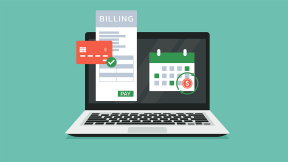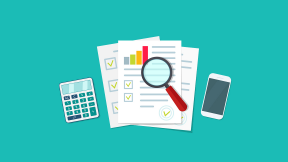How automatic payments could help your credit score

Automatic payment features can be convenient when it comes to paying bills, and especially credit card bills — miss one of those and you could hurt your credit score.
But as much of a convenience automatic payments are, setting them up is not a no-brainer. They only work if you've timed them correctly, so they coincide with the due date of your credit card payments as well as when you have money in your account.
What is an automatic payment?
An automatic payment is a scheduled payment that drafts on a recurring basis to pay for bills such as credit cards, utilities, gym memberships, and more. You are authorizing the company or credit card issuer to deduct funds directly from your bank account on a specified date, either for the minimum payment due or the amount of your choice. You can also use your bank's bill pay features if they offer it. Either way, here are some things to be aware of:
It takes time for payments to be processed
There is a lag between the time you set a payment to be made, and the time it actually gets posted. So:
- Take note of how long it typically takes for your payment to process and post from your bank account.
- Then factor in that time lag when you set your automatic payment date, so the payment gets posted before your bill's due date.
Monthly bill totals can change: Remember to check statements before they post
This can happen if the minimum amount due on the account changes during a new billing cycle. If the bill goes up one month and you don't have enough money in your checking account, you could end up triggering your overdraft protection or fees. This is why it's a good idea to continue checking your statements each month, even after you've set up automatic payments.
Consider setting a reminder in your calendar to check your credit card statement when you expect your automatic payment to be posted, and make adjustments in the amount and timing of the payment, if needed.
Do automatic payments help credit score?
Automatic payments could help your credit score, but only if you time the payment to happen before the credit card's statement due date and around the same time you know there will be enough money into your bank account. Making even one late payment could ultimately hurt your credit score.
As a safety net, consider setting up overdraft protection for your bank accounts, so that you can be more aware of the fees that might activate if you happen to charge more than you currently have in your account. Overdraft protection may provide an overview of what fees you might owe and other procedures you might need to be aware of if you do overdraft your account.
How do I set up automatic payments?
You can set up an automatic payment by linking your bank account information on your credit card account. To create an automatic payment, you'll usually need your checking account details such as the account number and/or routing number during the setup to authorize the electronic withdrawal from your account.
Below are five steps you can take to set up automatic payments. Be sure to check your bank or credit issuer's instructions for setting up automatic payments as these steps may vary:
- Open your credit card online portal: You can usually find the portal for setting up automatic payments on your online account. You can usually find it in the Payment or Pay Bill section.
- Set up a payment date: Once you're ready to set up a date, you may find more details on how long it takes for your payment to post. If you don't see this information, contact the company to find out an estimate of how long it takes to process. You may want this information to know how far ahead of your payment due date you should set up your automatic payment.
- Set an amount: Select the amount you would like to post to your account at the time of your payment. Your credit card account should give you the options of setting the amount as the monthly minimum payment, or an amount of your choice.
- Fill in your bank information: You'll need the routing and account number for your bank account. This information will remain saved on your account until you wish to opt-out of automatic payments.
- Confirm your recurring payments: When finalizing your automatic payment, you'll be able to confirm the date, amount and payment schedule. You may also want to sign up for notifications so that you can receive updates once the automatic payment process has started and has posted to your account.



